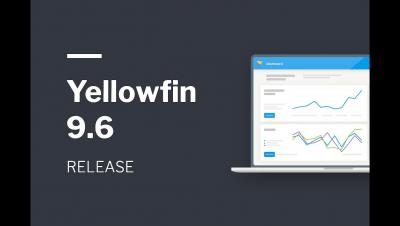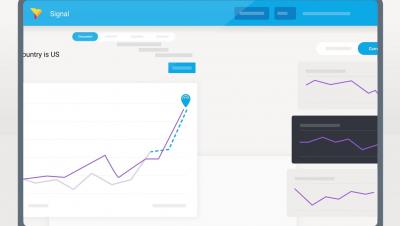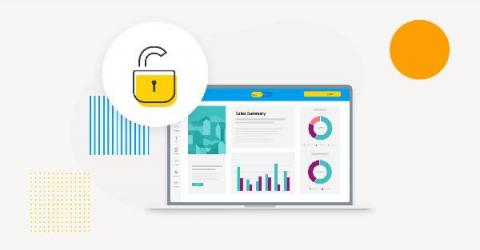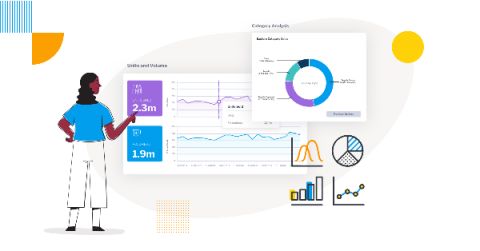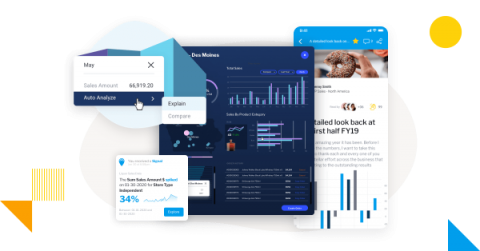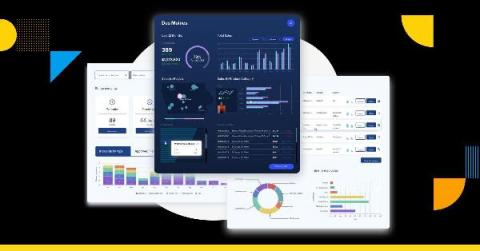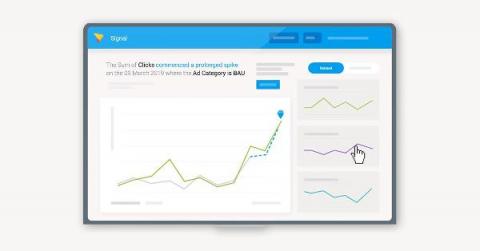Yellowfin 9.6 release highlights
9.6 is focused on Yellowfin features that enhance the way our customers build, design and embed stunning analytical content, which include data storytelling, augmented analytics, actionable dashboards — and provide a high ease-of-use experience. As always, you can read the full list of updates in our release notes page, and view our release highlights video below to see the new enhancements demonstrated.



